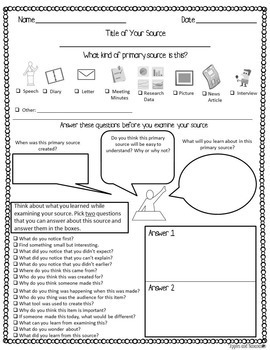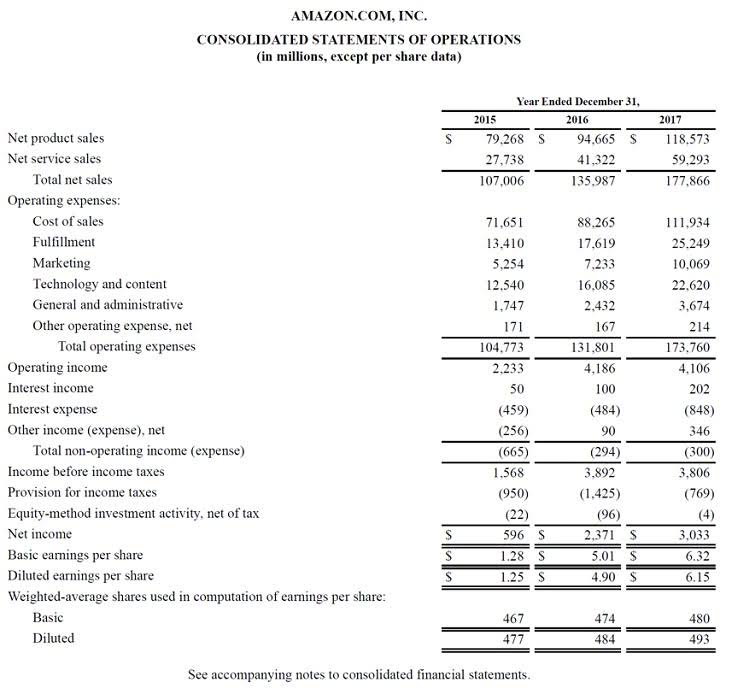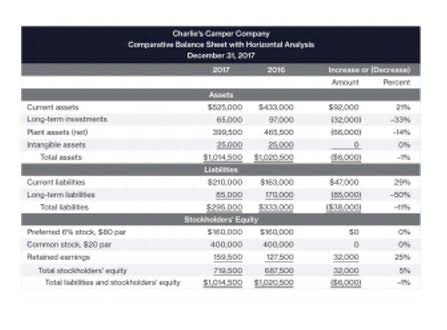
For example, the current business tax system reduces incentives to invest by its differing treatment of different types of investment, firm structure (corporate versus noncorporate), and financing method. The nearby table illustrates the distortions created under current law as different types of investments face drastically different marginal tax rates in 2023. Starting in the 1990s, several former Soviet-bloc countries abandoned their progressive income tax systems and replaced them with flat taxes. Although they still taxed income broadly, some sought to eliminate the prevalence of double taxation by eliminating taxes on dividends and inheritances, moving closer to a consumption tax system. An income tax is levied on people when they earn money or when they receive interest, dividends, or capital gains from their investments.
Embedding support in the tax system creates additional difficulties for low-income families. Unlike other relief programs that provide monthly payments, the refundable tax credits are lump sum payments. Research indicates the credits supply about 9 to 13 percent of income for lower-income households,67 meaning some families receive the largest single share of their annual income at tax filing time. The individual income tax system contains some of the U.S.’s largest support programs for families with children, most notably the Child Tax Credit (CTC) and the Earned Income Tax Credit (EITC), which encourage work participation and supplement income. Both credits phase in with earned income (wages or self-employment income) to create an incentive to work, plateau, and then phase-out when income exceeds certain thresholds.
Background on Consumption Taxes
If a tax is implemented on consumption, the value of spending an hour at work decreases in relation to different activities because the tax decreases the actual amount of goods and services an individual can purchase for a given level of work. This subsequently increases the relative value of leisure time and decreases amount of working time, effectively working opposite to the income effect. The other $4.16 is not lost by the economy in any sense, as the $4.16 is what the government would make in interest, if it had invested its tax revenue in the same investment. If the initial invested amount is rent receivable not taxed when earned, but the earnings are taxed thereafter, the cumulative taxes paid are the same, but are spread more evenly across the period. These results are primarily sensitive to the rate of return; for example, with a three percent return most of the tax receipts come from the tax on the initial dollar.
By grasping these fundamental aspects of taxation, you can make informed decisions regarding your financial planning, budgeting, and spending habits. When the burden of a consumption tax is measured as a share of current income, studies tend to show lower-income people pay a higher share of their income than higher-income people. That is primarily because lower-income households tend to consume a relatively larger share of their income than higher-income households, while higher-income households save a larger share of their income. Even if the intention is to support those who earn little income, individuals across the income distribution will also benefit from the reduced rates.
- Taxing income also requires complicated determinations on how to define income, which increases the complexity of the tax code and makes it harder for families to file their taxes and claim certain tax benefits.
- By grasping these fundamental aspects of taxation, you can make informed decisions regarding your financial planning, budgeting, and spending habits.
- Bird also notes that while administration of the tax is considered good compared to other countries, the administrative problems that are encountered are most prominently due to tax design rather than management.
- 71 A destination-based tax is like a traditional Individual Retirement Account (IRA), as the tax exempts U.S. production sent abroad but taxes returns to activity abroad in the form of imports.
- In the long run, the plan has a positive economic effect and is approximately revenue neutral on a conventional basis.
While consumption taxes come in several different forms, they generally apply at the time of purchase. 71 A destination-based tax is like a traditional Individual Retirement Account (IRA), as the tax exempts U.S. production sent abroad but taxes returns to activity abroad in the form of imports. Similarly, traditional IRAs exempt contributions but tax the returns to contributions when withdrawn. An origin-based consumption tax is the reverse, as it offers no export exemption and levies no import tax. An origin-based tax is like a Roth IRA, as it applies tax immediately at the source of production in the U.S. but does not tax returns from investment abroad in the form of imports.
Consumption Tax vs. Income Tax

Consumption tax is a charge levied indirectly to consumers for goods and services which takes the form of a sales tax, excise duties and other forms of taxes. They are charges by the vendor in the bill to their customers and in turn forward the taxes to their state or federal government on a monthly or yearly basis based on their jurisdiction. Consumption tax is the tax levied on spending by the consumer for purchasing products or services.
Consumption tax vs. income tax
It taxes individuals who can afford more and gives the benefit to comment: the importance of accounting comparability the poor by taxing basic necessity products less. Revenue from consumption taxes makes up less than 20% of total tax revenue in the U.S. In comparison, as of 2020, consumption taxes make up 32.1% of tax revenue in OECD countries. In New York, for example, the state excise tax rate is $4.35 for a pack of 20 cigarettes, and the New York City local excise tax is $1.50 for the same amount. That means you’ll pay $5.85 in taxes on top of the retail price, bringing the retail price to about $10 for a pack of cigarettes. A consumption tax is one that applies to the sale or purchase of a good or service.
The Australian experience demonstrates the short-lived impact on prices, consumer spending, retail sales, and the overall economy when transitioning to a consumption tax. Taxpayer A’s situation would remain the same, paying a 20 percent consumption tax on her immediate consumption, yielding $80 of immediate consumption and a 20 percent effective tax rate. An income tax thus places a higher percentage tax burden on future consumption than current consumption by reducing the after-tax return to saving.
In many cases, inclusive growth challenges are best tackled at source… OECD research has highlighted the need to shift the tax mix away from income taxes towards taxes that have less negative impacts on economic growth, including taxes…on consumption. First, because a BAT does not tax the normal return to saving or investment, it is likely to stimulate additional saving and investment. Greater investment means businesses would have more capital, which increases workers’ productivity, and ultimately improves living standards. Second, it would likely reduce a variety of tax distortions that arise under the current tax system due to the uneven treatment of investment and other economic non-gaap earnings definition activity. Consumption taxes can take the form of sales taxes, tariffs, excise, and other taxes on consumed goods and services. Many states and local governments levy a sales tax, which represents a percentage of the purchase amount for various goods and services.
Likewise, Roth IRAs tax contributions immediately but do not tax returns to those contributions when withdrawn. We then estimated the HI benefit as a share of wages and added it as an additional source of income in our modeling of the household compensation tax, also including it in our economic and distributional analysis. We assume that under the reform, firms shift compensation away from HI and other fringe benefits towards cash compensation, such that in the 10th year all compensation is in cash.




























